In a small town in Hidalgo called Puerto del Caballo, inhabited by barely twenty people, a young woman was born who would eventually mark a turning point in the preservation of indigenous languages in Mexico. Her name is Gabriela Salas Cabrera, she is 28 years old, and she has become a leader in technological innovation and cultural advocacy. Her story is proof that science, technology, and roots can intertwine to open new paths toward inclusion and freedom.
Since childhood, Gabriela grew up listening to Nahuatl, a language inherited from her mother and grandmothers, but one that is on the verge of extinction in her community. Today, she and her mother are the only speakers in her village. Far from discouraging her, this reality ignited in her a desire to rescue and dignify a language that is an essential part of Mexican identity. “With this technology, we can rescue our history,” she has said on several occasions, convinced that preserving the language also means preserving collective memory.
From dreaming of becoming a midwife to data science
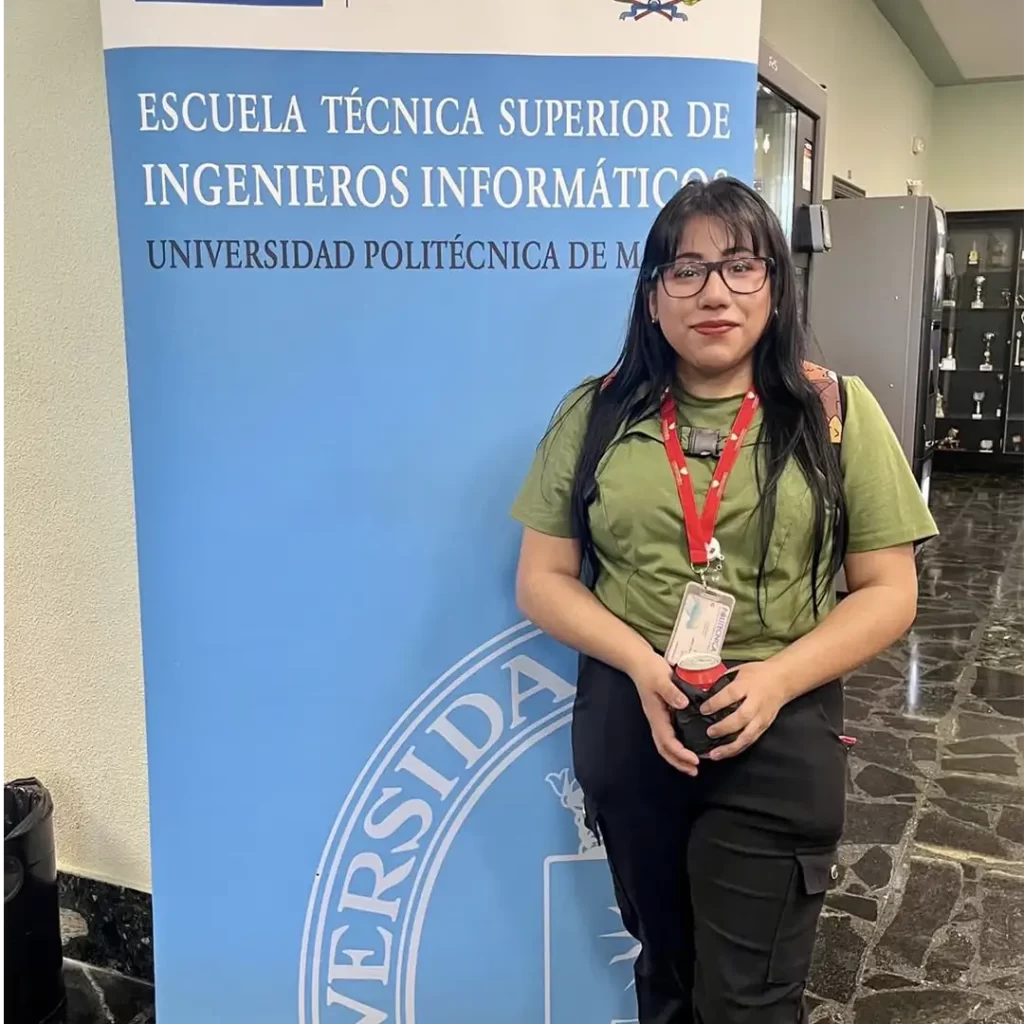
Gabriela’s first aspiration was to become a midwife, inspired by one of her grandmothers. Later, she considered studying gynecology, but economic circumstances led her down a different path: information technology engineering at the Technological University of Tula-Tepeji. It was there that her love for science and programming was born.
Thanks to her hard work and the unconditional support of her family, Gabriela obtained scholarships that allowed her to continue her postgraduate studies. She specialized in Artificial Intelligence at the Open and Distance University of Mexico, and later traveled to Spain to pursue a master’s degree in Data Science at the Polytechnic University of Madrid. Her training expanded to encompass not only technology, but also areas such as health, applied artificial intelligence, and computational linguistics.
Her father used to tell her, “The day you finish your studies, you will know how to defend yourself.” And today that phrase resonates like a prophecy fulfilled: Gabriela has become a powerful voice in the scientific field, but also an example of resilience and commitment to her roots.
Nahuatl comes to Google Translate
In 2024, Gabriela participated in a call launched by Google to include indigenous languages in its digital translator. She did not arrive empty-handed: she had spent years compiling vocabularies, documents, recordings, and even traditional recipes passed down orally in Nahuatl. That database became crucial for the company to integrate the language spoken by 1.6 million people in Mexico into Google Translate.
The impact was immediate. For the first time, Nahuatl could be translated on one of the most widely used platforms on the planet, opening a window of access to the digital world for indigenous communities and helping to preserve a language that had been invisible for centuries. Gabriela thus became the first indigenous woman in the field of technology to be recognized by UNESCO and was highlighted by the BBC as one of the 100 most inspiring and influential women of 2024.
But for her, more than a personal achievement, this advance represents a collective victory: “I want Nahuatl speakers to have the same opportunities to access information and communicate in the digital world,” she says.
A mission beyond recognition
Despite international awards and recognition, Gabriela remains grounded. Her dream goes beyond headlines: she wants to create a center for the recovery of indigenous languages where work is done to preserve not only Nahuatl, but also Maya, Zapotec, Mixtec, and many other languages native to Mexico and the world.
The task is not easy. Currently, of the 248 indigenous languages that existed in Mexico, only 68 survive, many in serious danger of disappearing. Globalization, migration, and discrimination have accelerated this process. However, Gabriela’s work shows that technology can be an ally in reversing this trend.
In addition to her linguistic work, she also develops projects in artificial intelligence applied to health, such as tools for the early detection of leukemia and depression in young people. These projects are born from personal experiences: leukemia took her father’s life, and she herself has shared that she lives with depression and level 1 autism. Transforming these adversities into technological solutions reflects her spirit of service and empathy towards others.
Inspiration for new generations
Gabriela’s story also has a social and gender dimension. In many indigenous communities, girls are pressured to marry at an early age and are denied the right to study. Gabriela herself faced marriage proposals when she was just 12 years old. Her father, in a courageous and visionary act, rejected those offers so that she could continue her education.
Today, Gabriela speaks out so that more girls will be encouraged to study and enter the world of science and technology. “It is important for girls to study so that they can be more free,” she repeats with conviction. Aware that in Mexico only 12.9% of STEM (science, technology, engineering, and mathematics) jobs are held by women, she promotes mentoring initiatives, workshops, and projects that encourage female participation in these areas.
Among her role models are pioneering women such as Ada Lovelace, considered the first computer programmer, and Grace Hopper, creator of the COBOL programming language. Gabriela wants to be that same beacon for new generations: a reminder that indigenous women can also make their way in fields historically dominated by men.
Recognition and legacy
Gabriela’s journey has not gone unnoticed. She has been included in prestigious lists such as BBC 100 Women (2024) and Forbes 100 Most Powerful Women in Mexico (2025). She has also received awards such as the National Medal of Merit for STEM University Students, the Martha Sánchez Néstor National Award for the promotion of indigenous women’s rights, and a mention as an emerging Latin star in STEM by ALPFA.
Each award is confirmation that her work is making a difference. But beyond the trophies, Gabriela wants to be remembered as someone who opened doors for others. “I can’t change my background or my color, but I can be the first,” she has said, emphasizing that her goal is to pave the way for more women and indigenous communities to have access to science and technology.
A future to be written
Today, Gabriela continues to study, research, and dream of projects that combine artificial intelligence with cultural preservation and social welfare. Her vision is clear: a more inclusive digital world, where all languages and cultures have a place, and where no girl is forced to give up her dreams due to a lack of opportunities.
Her story reminds us that education transforms lives, that technology can be a tool for cultural justice, and that women’s freedom begins in the classroom. Gabriela Salas not only brought Nahuatl to Google, she also brought hope to millions of people who see her as proof that the future can be written in all languages.


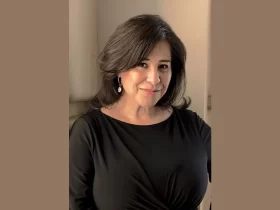
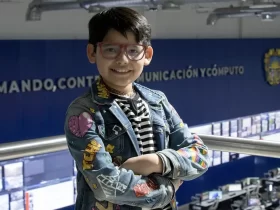
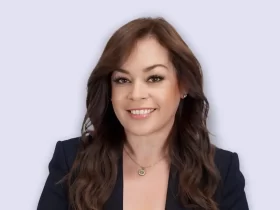
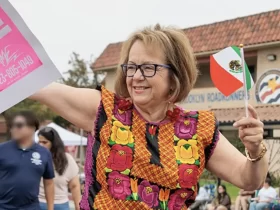
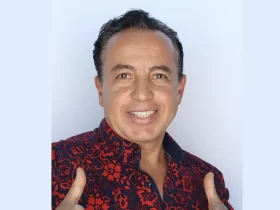
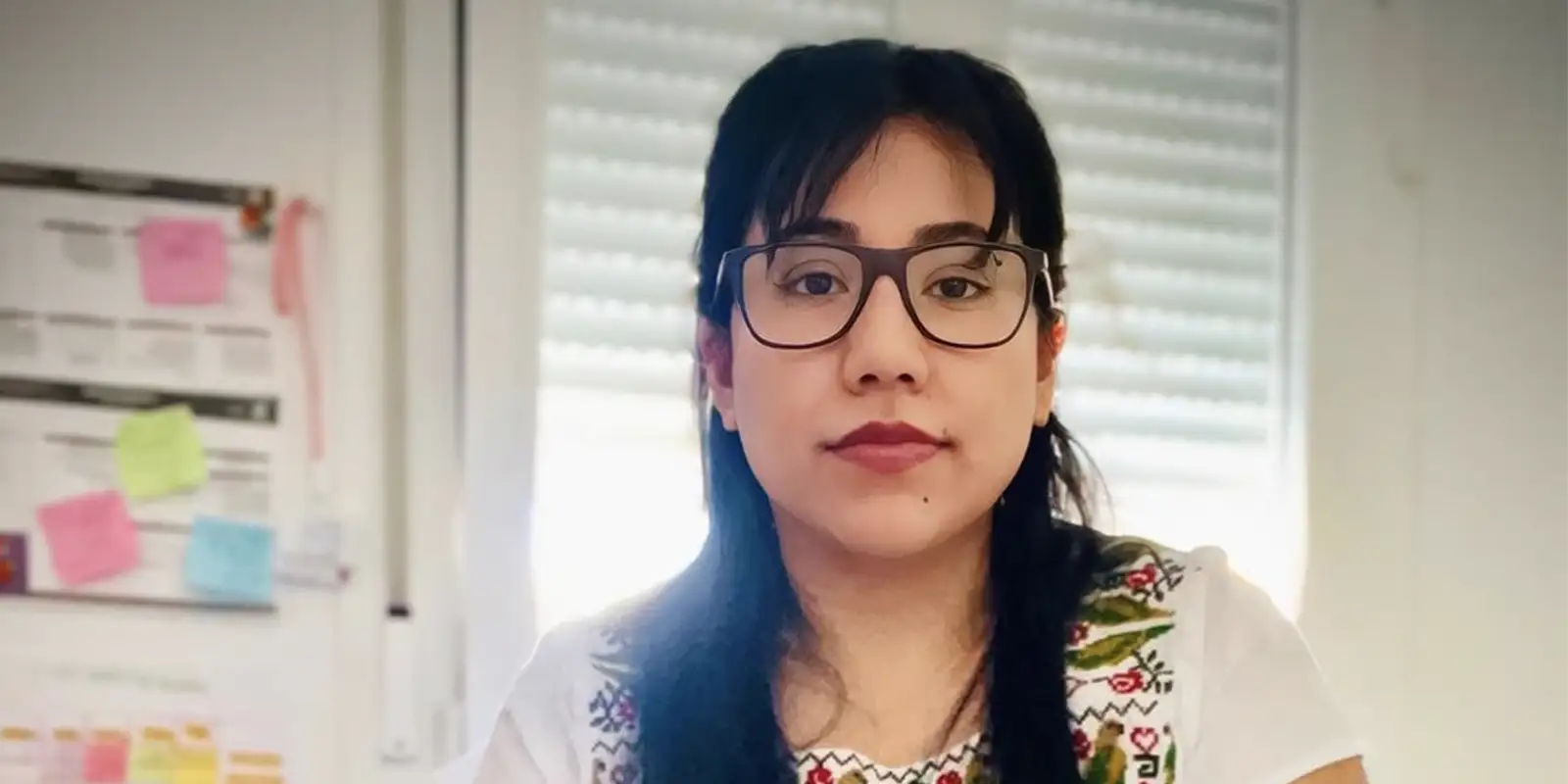












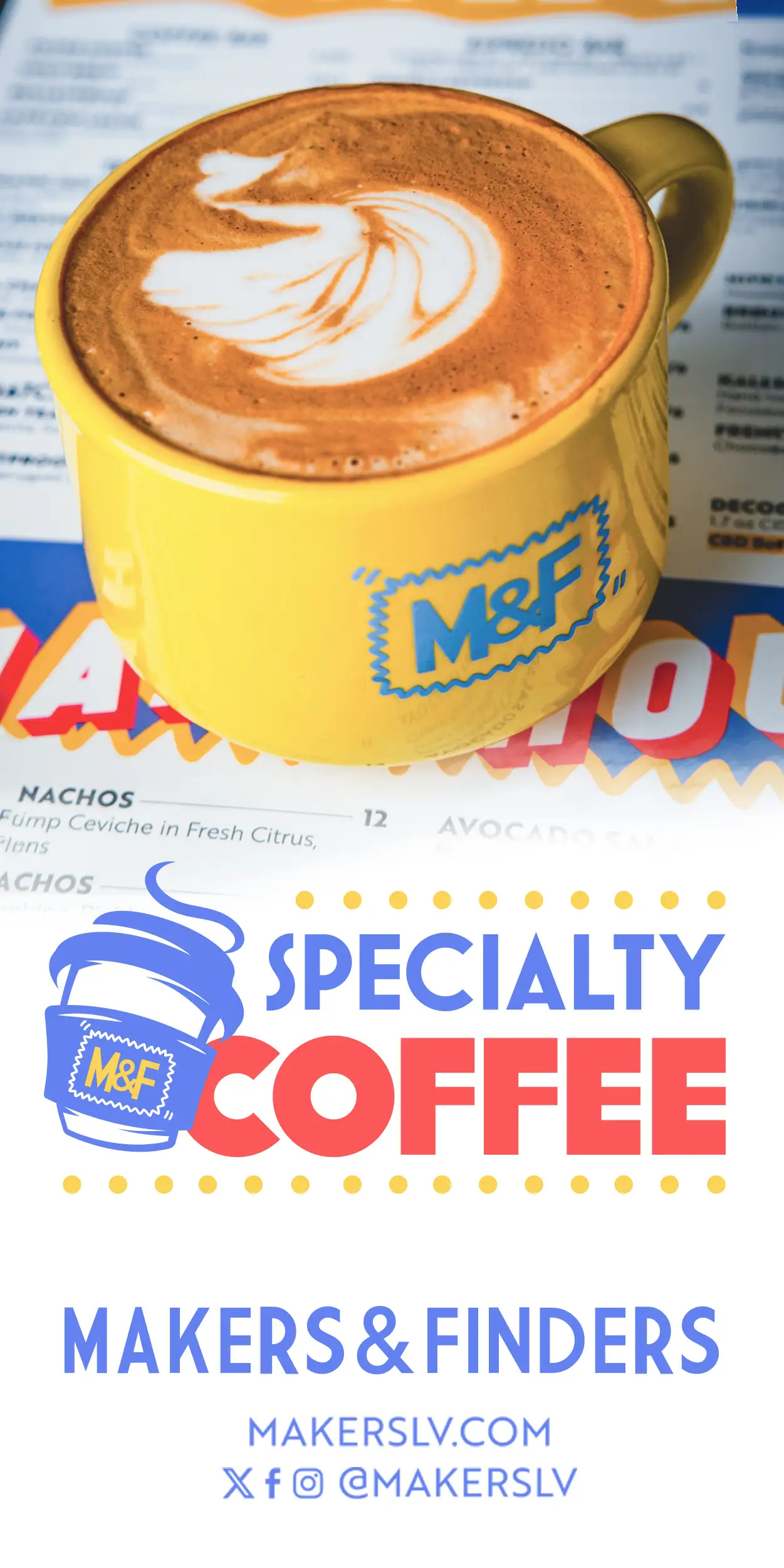
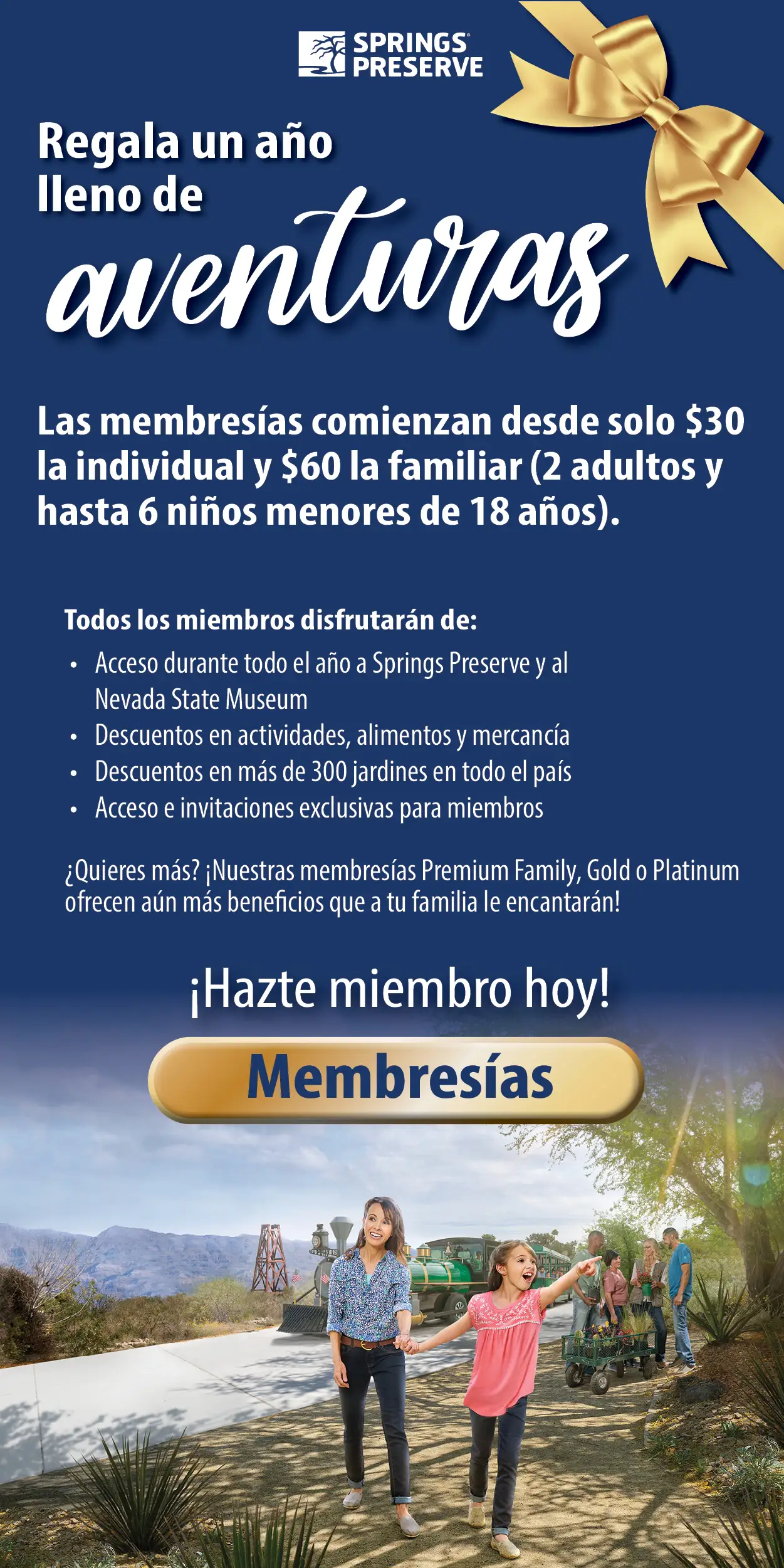

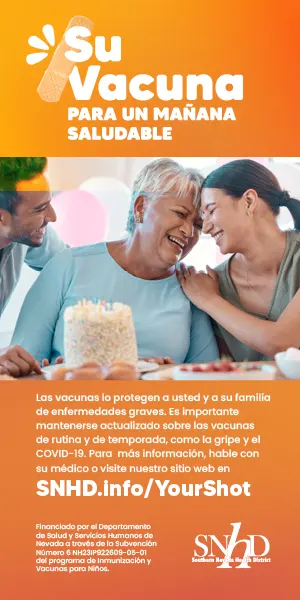






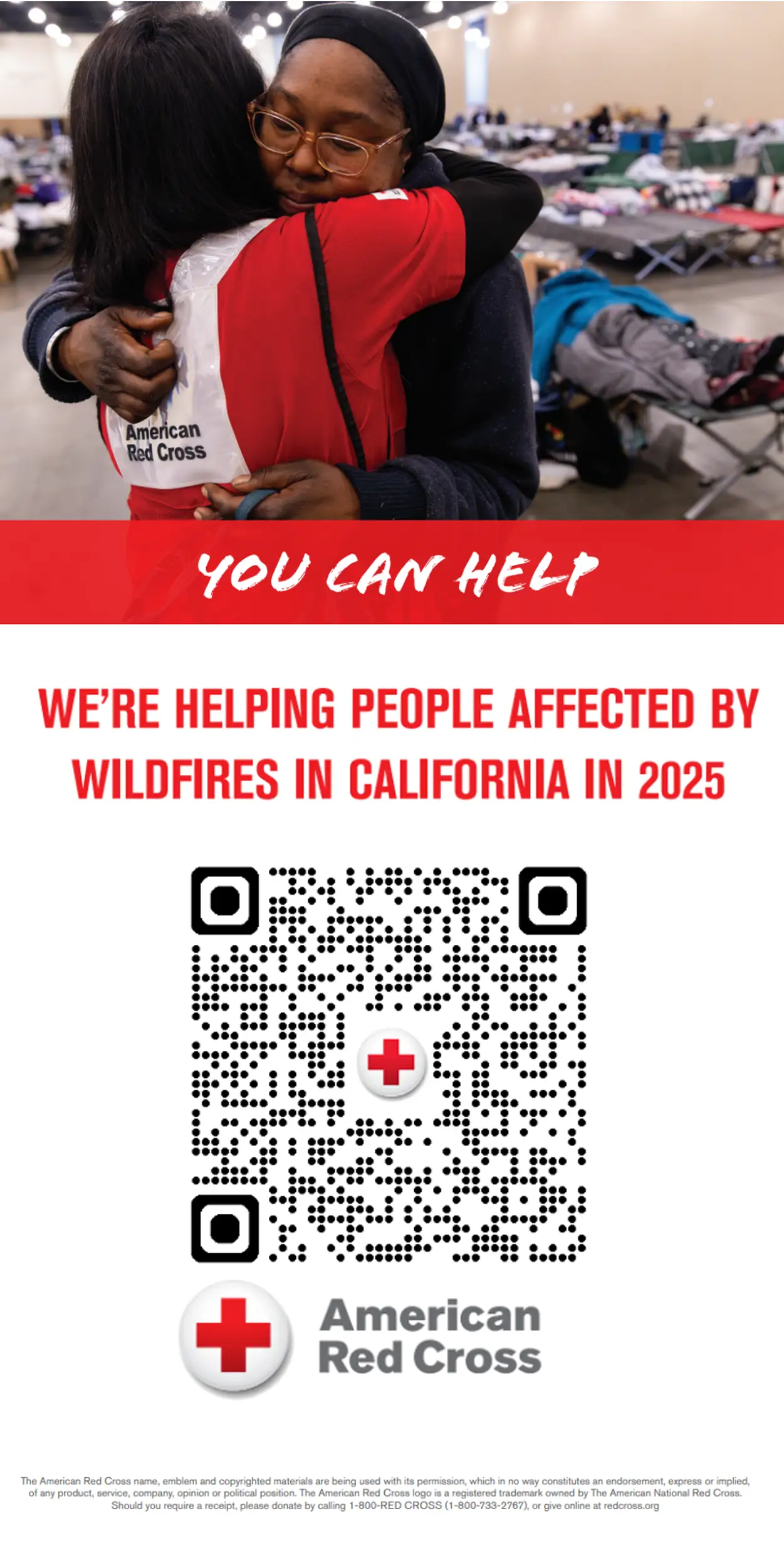

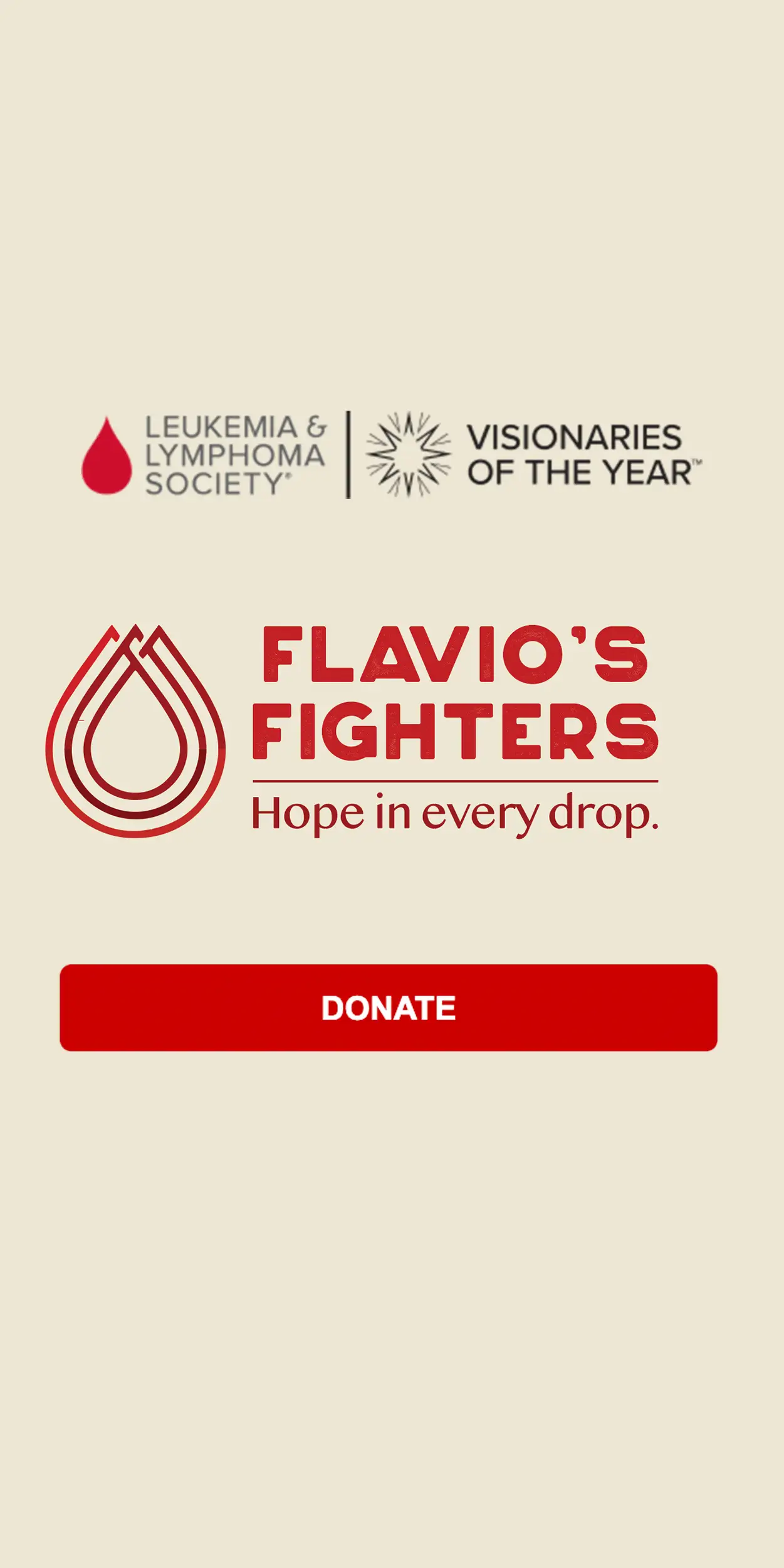
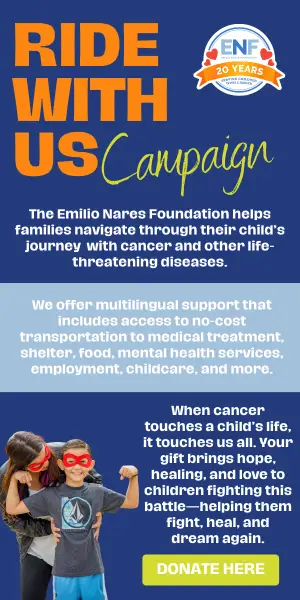

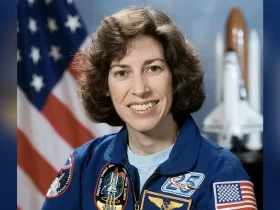
Leave a Reply